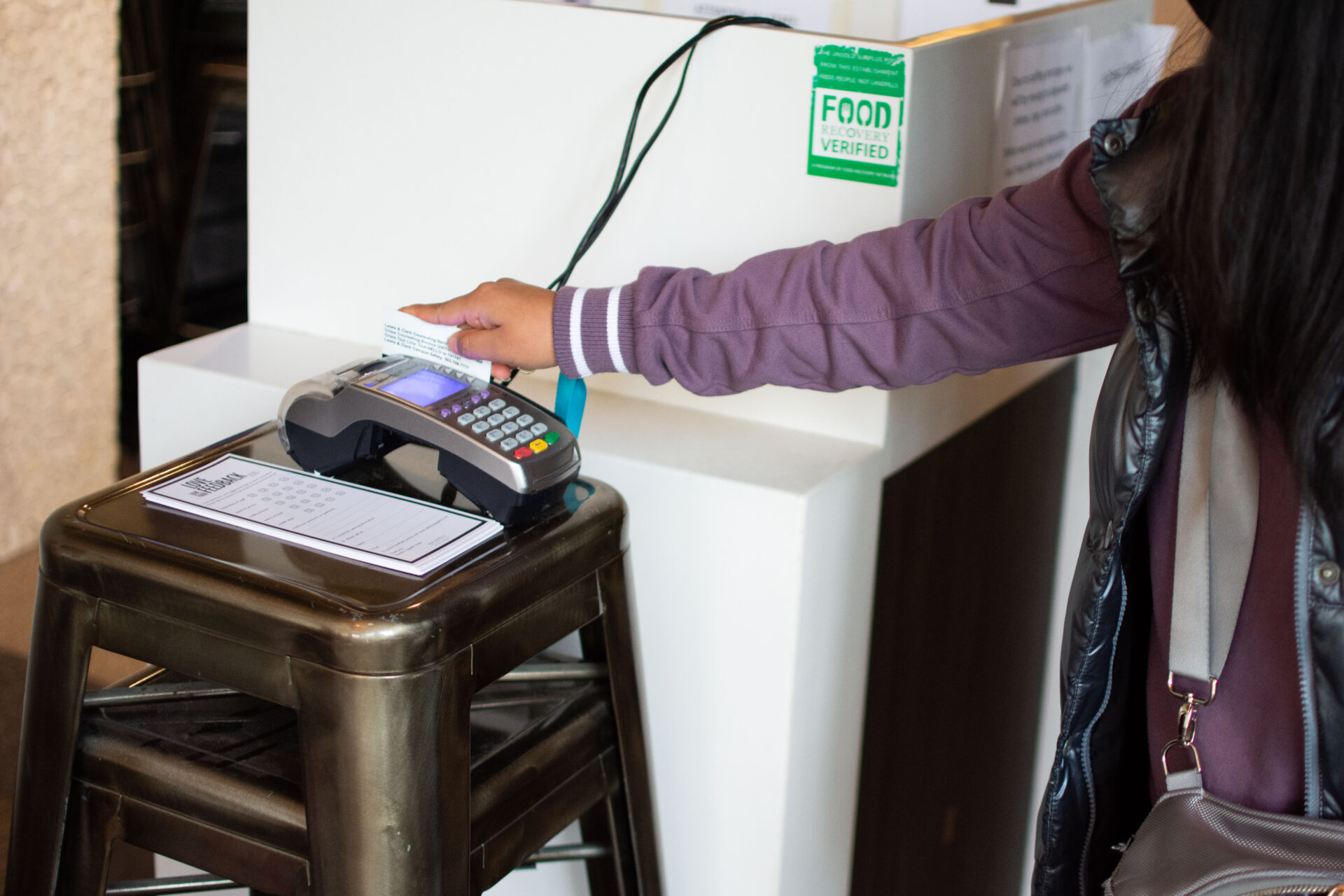
Lewis & Clark’s expansion of in-person dining options this semester has been able to provide a much-needed sense of community, as well as relief from the limitations of last year. As such, students have been quick to embrace these options, from the quesadillas at Fields Dining Hall to the burgers at the Trail Room.
Unfortunately, this transition from limited to full operation has created stumbling blocks for students. Confusing hours, meal swipes and the convoluted flex point economy make dining require patience, grit and knowing the exact hours that Maggie’s will take your swipe. One Saturday, I went down to Maggie’s and selected my sandwich, chips and drink. When I asked to use a meal swipe, the worker (whom I shall never blame; Maggie’s workers are the backbone of LC) then informed me that Maggie’s does not take meal swipes on Saturdays.
Face flushing under my mask, I returned my chips and fruit and instead chose frozen pizza bites. Perhaps this incident was my own fault for not reading the sign carefully (they have since added a much larger sign). But with flex points to save and meal swipes to burn, unclear swipe guidelines throw a wrench into an otherwise smooth dining experience.
Another frustrating aspect of LC dining is how the swipe value drastically changes based on where you are eating. Why is it that at the Bon, one could hypothetically eat infinite slices of pizza on one swipe, but at the Trail Room, you can only get one slice? Even if that is the point of the Trail Room, it still does not answer why it is sold at the same value as a Bon swipe. This makes it hard to avoid the feeling that I am losing money.
My financial concerns about campus dining also extend to the meal plan options. Simply put, the current options are absurd. The weekly meal plans that are available to all students are the 19-meal plan, the 14-meal plan and the 14-meal plan with 200 flex points per semester. According to the Hechinger Report, a newsroom focused on education, the national average cost for a college meal plan is $4,500. With the cheapest meal plan (the 14) sitting at $5,670 a year, LC’s cost far exceeds that average. To LC’s credit, this plan is still cheaper than comparable plans at other private institutions, such as Reed College, where the cheapest option is $6,690 a year.
Exacerbating matters, the costs of retail food items on campus exceed, sometimes near-doubling, the retail price. When students select the 200 Flex plan, they are buying their own money back at a diminished price. I appreciate the Flex option for the ease of having them loaded on to my student ID card, which I have with me at all times, even if I forget my wallet in my room. I will keep using Flex, as it is a sunk cost. But every time I buy something, I can still feel the bitter regret of having wasted hundreds of dollars.
My suggestion to remedy these problems, specifically regarding the financial aspects, is to add cheaper meal plan options for students. Let students withdraw funds from their Flex accounts, instead of making them spend all of their points or risk completely losing their money. Finally, let us use Maggie’s swipes on Fridays and Saturdays.
Subscribe to the Mossy Log Newsletter
Stay up to date with the goings-on at Lewis & Clark! Get the top stories or your favorite section delivered to your inbox whenever we release a new issue.

Leave a Reply